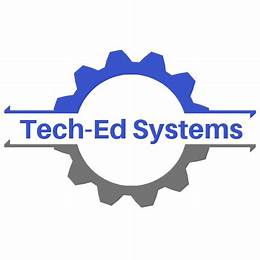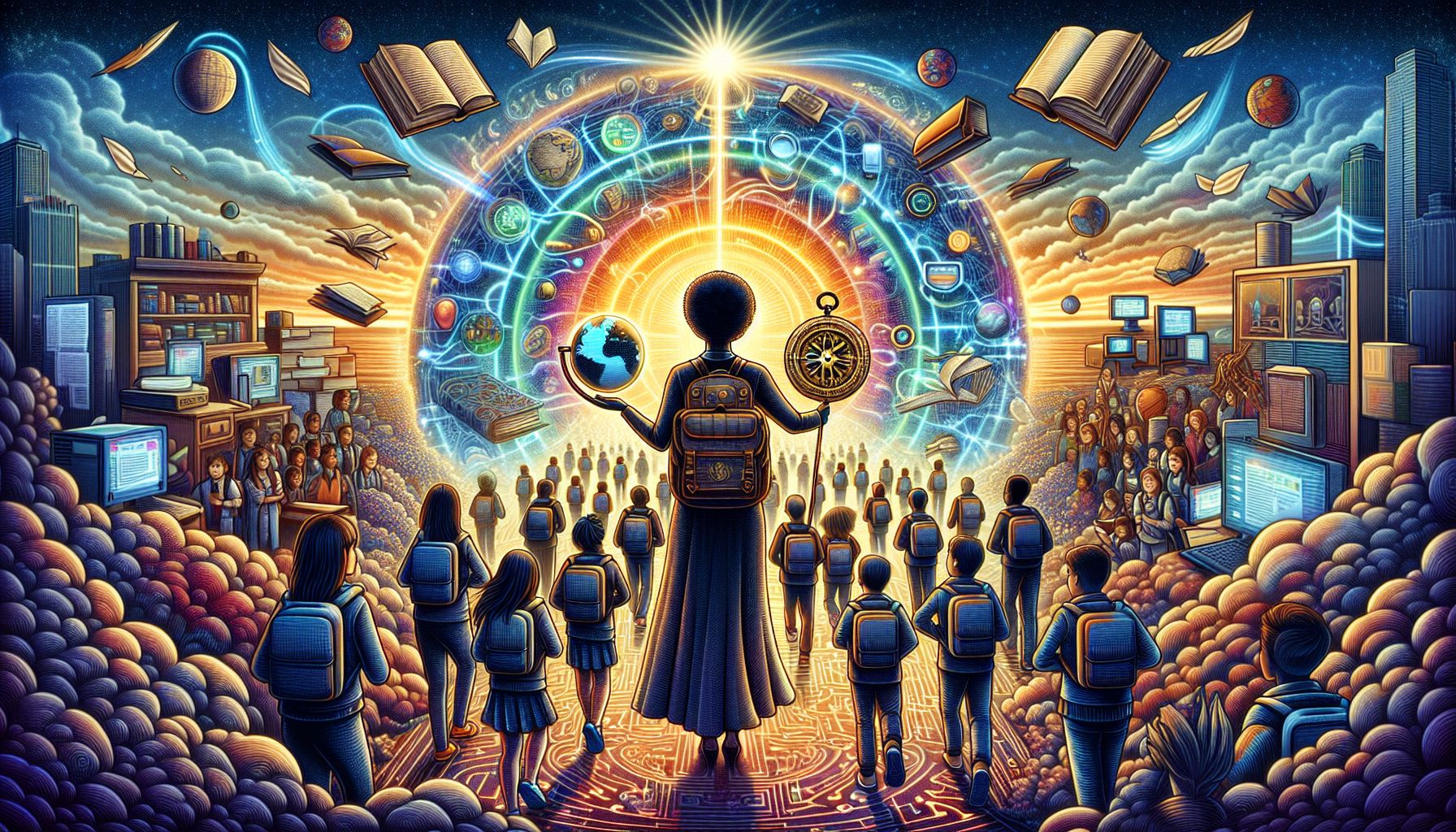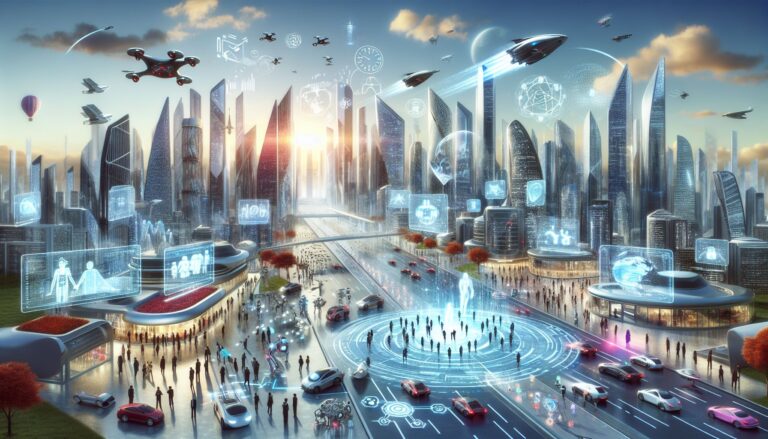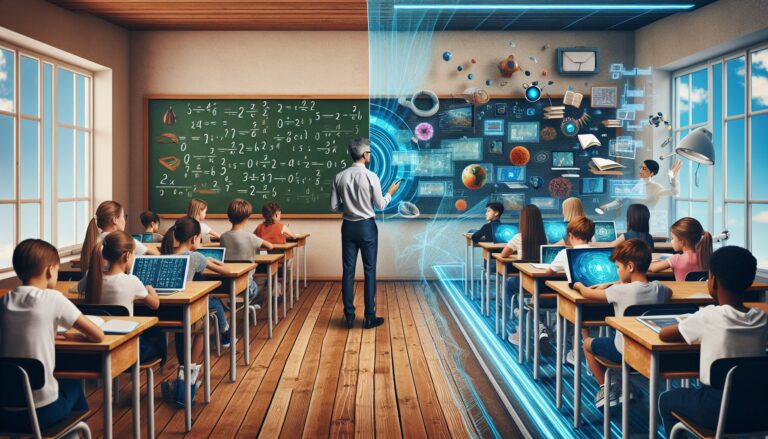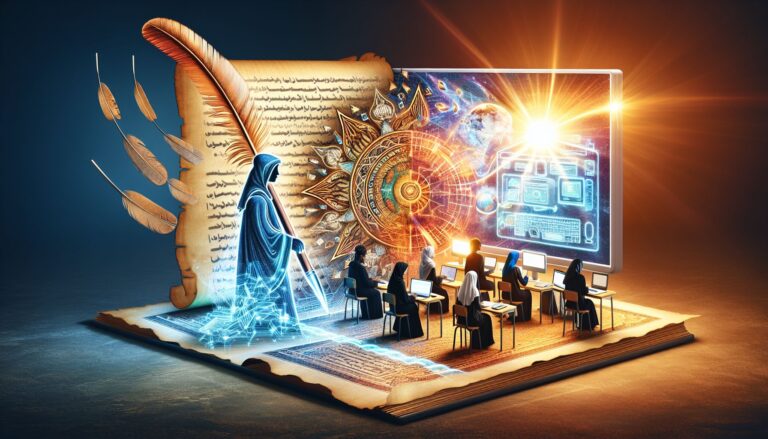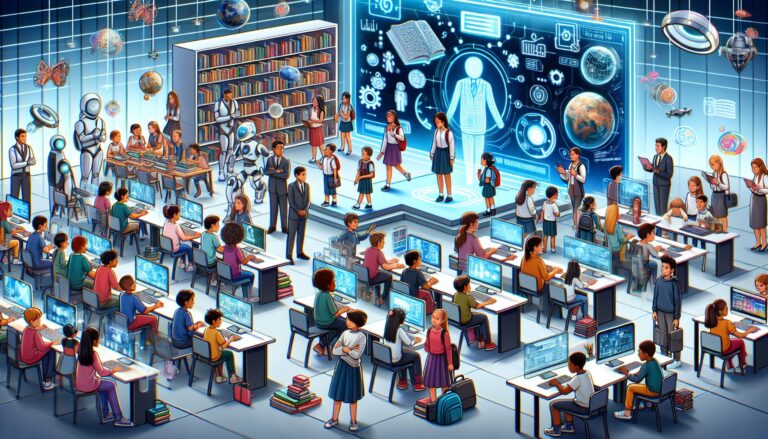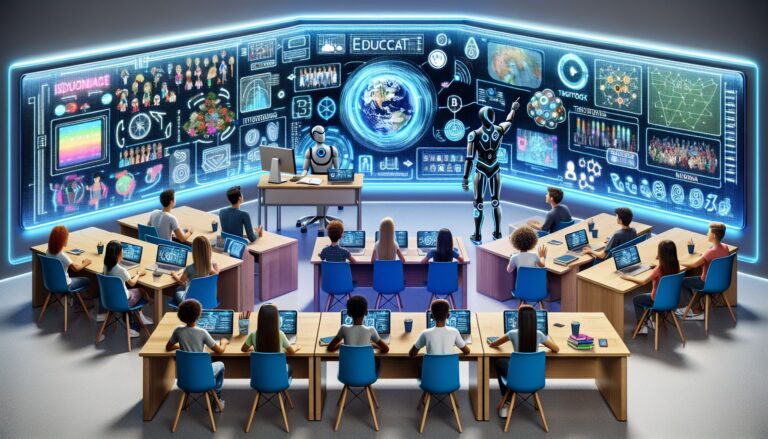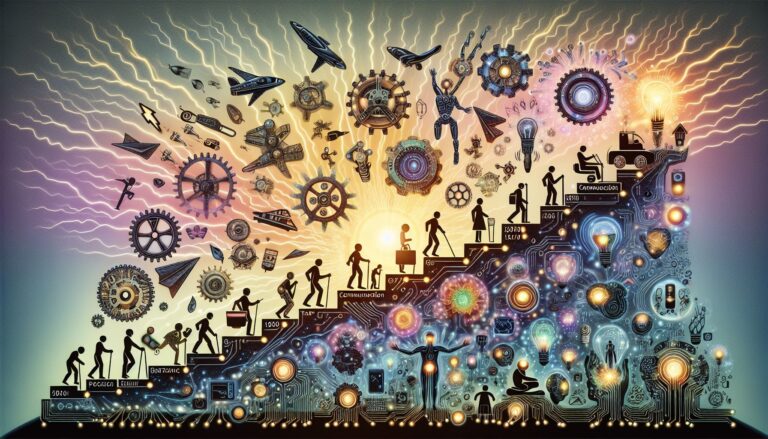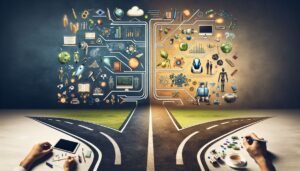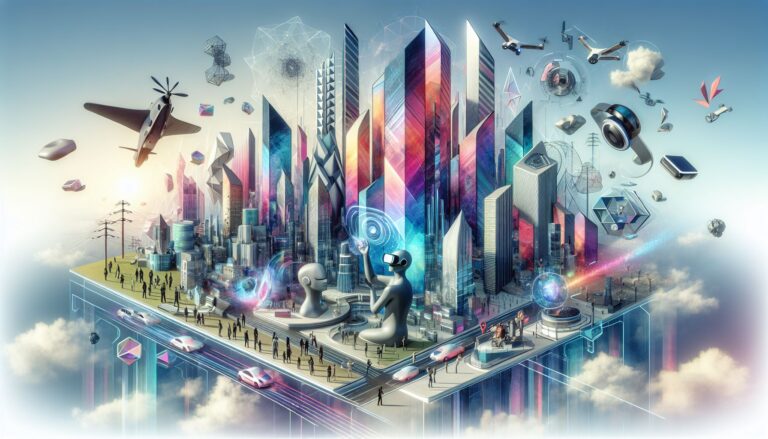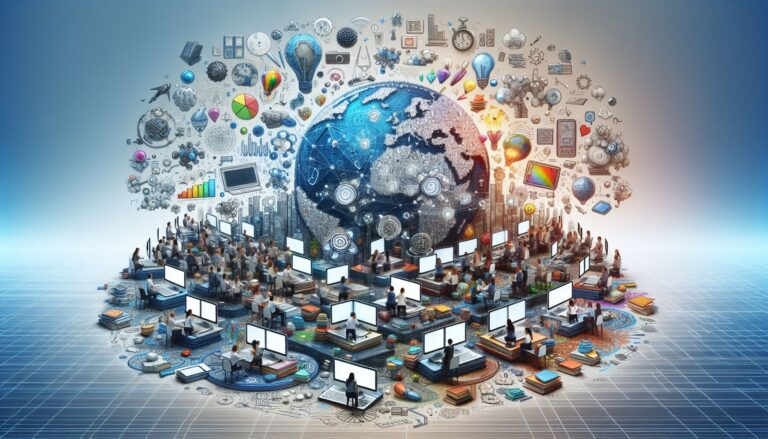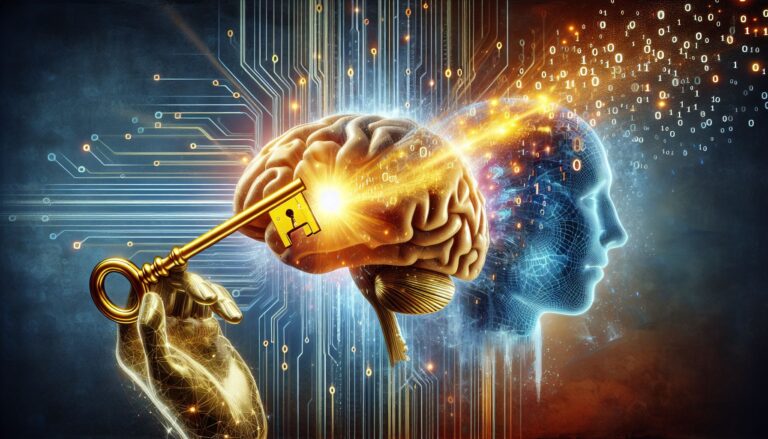In an era punctuated by technological revolutions that reshape our workplaces, homes, and indeed our entire world, education is undergoing a metamorphosis unlike any seen before. Swept up in the fervent tide of innovation, classrooms and lecture halls around the globe are becoming hotbeds for new ideas where futurist methods collide with traditional pedagogy. This dynamic landscape beckons a deep dive into the transformative role of technology in learning, driving educators and learners alike towards a horizon brimming with potential.
The Digital Classroom: An Evolution in Teaching and Learning
The integration of digital tools into educational settings has opened a vortex of possibilities for interactive learning. Smartboards, educational apps, and virtual simulations breach the confines of physical classrooms, offering students a taste of a world beyond walls. The model of the flipped classroom, where students dive into course material at home and engage in problem-solving during class, is rendering the sage-on-the-stage approach archaic. This model amplifies the centrality of the student amidst the learning process, fostering a proactive and self-determined educational journey.
Online learning platforms, once mere supplements to traditional education, have burgeoned into full-fledged alternatives, boasting scalability and flexibility. However, they are not without hurdles. The digital divide looms as a stark reminder of the socioeconomic disparities that limit access to such technologies. Moreover, the deficit of face-to-face social interaction, often integral in developmental years, challenges educators to innovate in fostering online community and collaboration.
Yet, technology’s role extends beyond content delivery. Analytical tools can now dissect vast troves of student data, offering teachers a granular perspective on learning patterns and potential pain points. By harnessing this data, educators can tailor their approaches to better serve individual student needs, crafting a more inclusive and effective educational framework.
 Reinventing Relationships: The New Teacher-Student Dynamic
Reinventing Relationships: The New Teacher-Student Dynamic
The digital epoch propels a reexamination of the teacher-student relationship. No longer confined to the exchange within the walls of a classroom, this bond transcends time and space with the advent of online forums, instant messaging, and video conferencing. This newfound proximity, fostered by technology, can deepen relationships, making mentorship more accessible and fortifying the support network vital to student success.
Yet, this shift also brings to the fore a need for mindful digital communication etiquettes and boundaries. Teachers must navigate the intricate balance between availability and privacy, while maintaining professionalism in the digital sphere. The fluidity of these new interactions, albeit laden with potential, also demands a higher level of digital literacy from both teachers and students, adding another layer to education’s evolving identity.
Envisioning the Future: The Intersection of Technology and Academia
Peering into the crystal ball of digital progression, it’s not the glossy gadgets or high-speed internet that promise the most profound changes to our educational landscape, but rather the nuanced ways in which these technological innovations can be leveraged to democratize and personalize learning. The question looming on the horizon is not if, but how educators will harness the potential of technology to sculpt a world where learning is a lifelong, accessible, and deeply personalized journey.
The promise of AI-assisted learning beckons a future where educators are freed from the drudgery of grading, instead investing their efforts in inspiring and guiding students. Virtual and augmented reality hold the possibility of immersive learning experiences that could revolutionize fields like medicine, history, and engineering.
As we stand on the precipice of this digital renaissance, it’s imperative to foster a discussion around the ethical and societal ramifications of these advancements. Equal access, data privacy, and the preservation of the human element amidst an increasingly automated landscape are concerns that must be addressed with vigor and foresight.
The future of education, it seems, will not be written in ink, but coded into existence – a symphony of bytes and pixels orchestrated to enrich the human mind. How we adapt, adopt, and integrate these tools into our shared narrative will determine the richness of our educational tapestry for generations to come.
